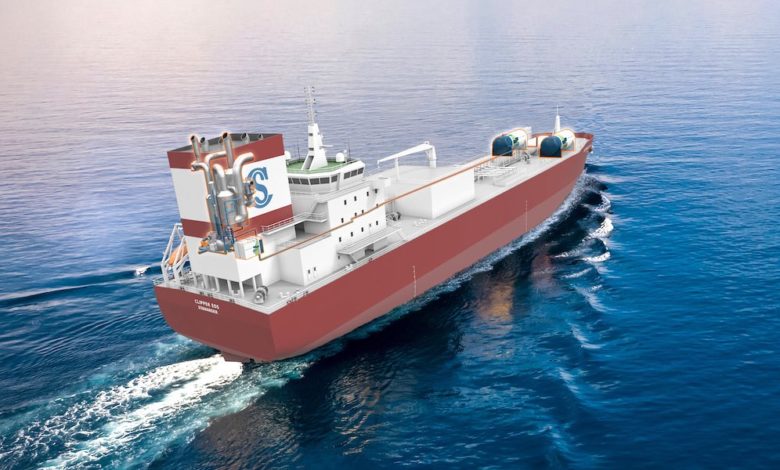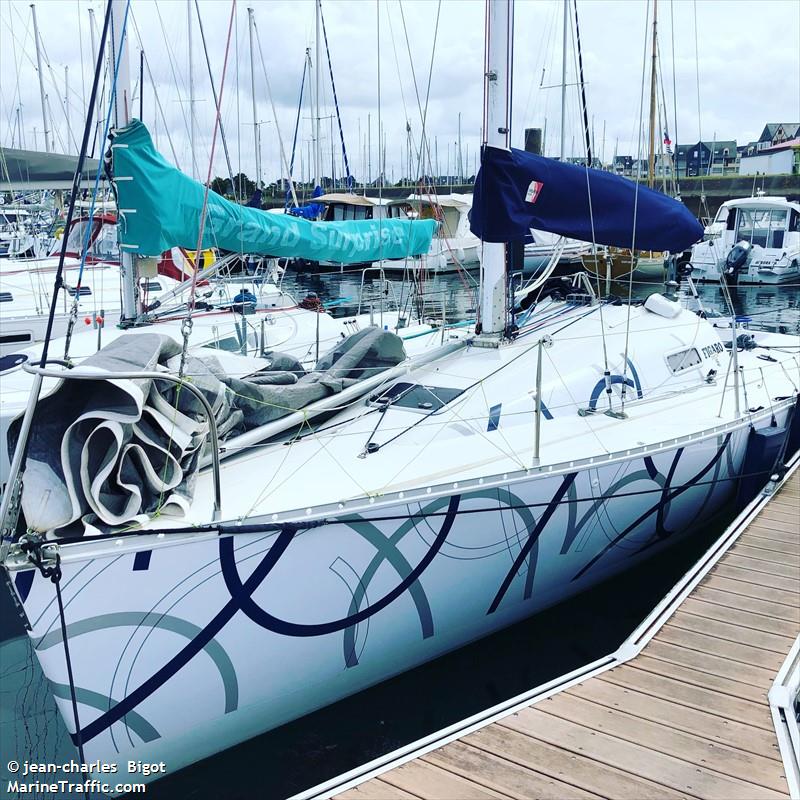Solvang heralds ‘game changer’ moment for shipping with encouraging carbon capture tests

Norwegian gas shipowner Solvang is heralding a “game changer” for shipping on the industry’s path to decarbonisation.
Solvang has been carrying out full-scale testing of carbon capture and storage (CCS) technology with equipment manufacturer Wärtsilä.
The goal is to capture CO2 from main engine combustion before it passes through the exhaust outlets. A complex carbon separation process takes place inside the smokestack, resulting in liquid CO2 being transferred to deck tanks, ready for long-term storage or industrial reuse.
A complete setup of scrubber plus CCS installation is already running on a 1.2 MW full-scale test environment at Wärtsilä’s facility in Moss, Norway.
“The system already runs up to 60% carbon capture on some engine loads, which has never been done before. Furthermore, initial indications are that the CO2 captured is very pure, with little or no product contamination”, said Solvang’s CEO Edvin Endresen.
Soon, an upscaled solution will be installed on ethylene carrier Clipper Eos, where it will serve the 7 MW main engine. By June, an electrostatic filter will be installed in Clipper Eos´ exhaust gas cleaning system, a first-time experiment in ship engine history.
If everything works well, carbon absorber and stripper units will be installed towards the end of 2023, as well as modification of liquefaction systems to cater for deck tanks.
“The scheduled combination of CCS, scrubber and Solvang´s low-pressure EGR system will handle CO2, NOx, SOx, particles, CO and unburnt fuel from the HFO combustion. If applied to deepsea shipping as a sector, it constitutes a great step towards net-zero emission,” stated Solvang fleet director Tor-Øyvind Ask.
Commenting on the Solvang news via LinkedIn, Dr Roar Adland, shipping professor at the Norwegian School of Economics, stated: “It’s the most obvious decarbonization solution for shipping: Onboard CCS combined with traditional fuels.”
“A 60% capture rate, even if it is for a small-scale land-based test setting, is a very encouraging start. Combine it with a focus on energy efficient operation and wind-assisted propulsion and we’re where we need to be,” Adland suggested, adding: “Let’s leave hydrogen and ammonia for other uses that benefits mankind. Developing new and expensive global infrastructure to burn valuable (net) zero-carbon fuels onboard ships makes zero sense.”

 , where it will serve the 7 MW main engine. By June, an electrostatic filter will be installed in Clipper Eos´ exhaust gas cleaning system, a first-time experiment in ship engine history.
, where it will serve the 7 MW main engine. By June, an electrostatic filter will be installed in Clipper Eos´ exhaust gas cleaning system, a first-time experiment in ship engine history.
This all begs the question of the feasibility of scaling up to much larger vessel applications, the apparent complexity of the system as described and the real cost effectiveness of it. The article was light on this issue.